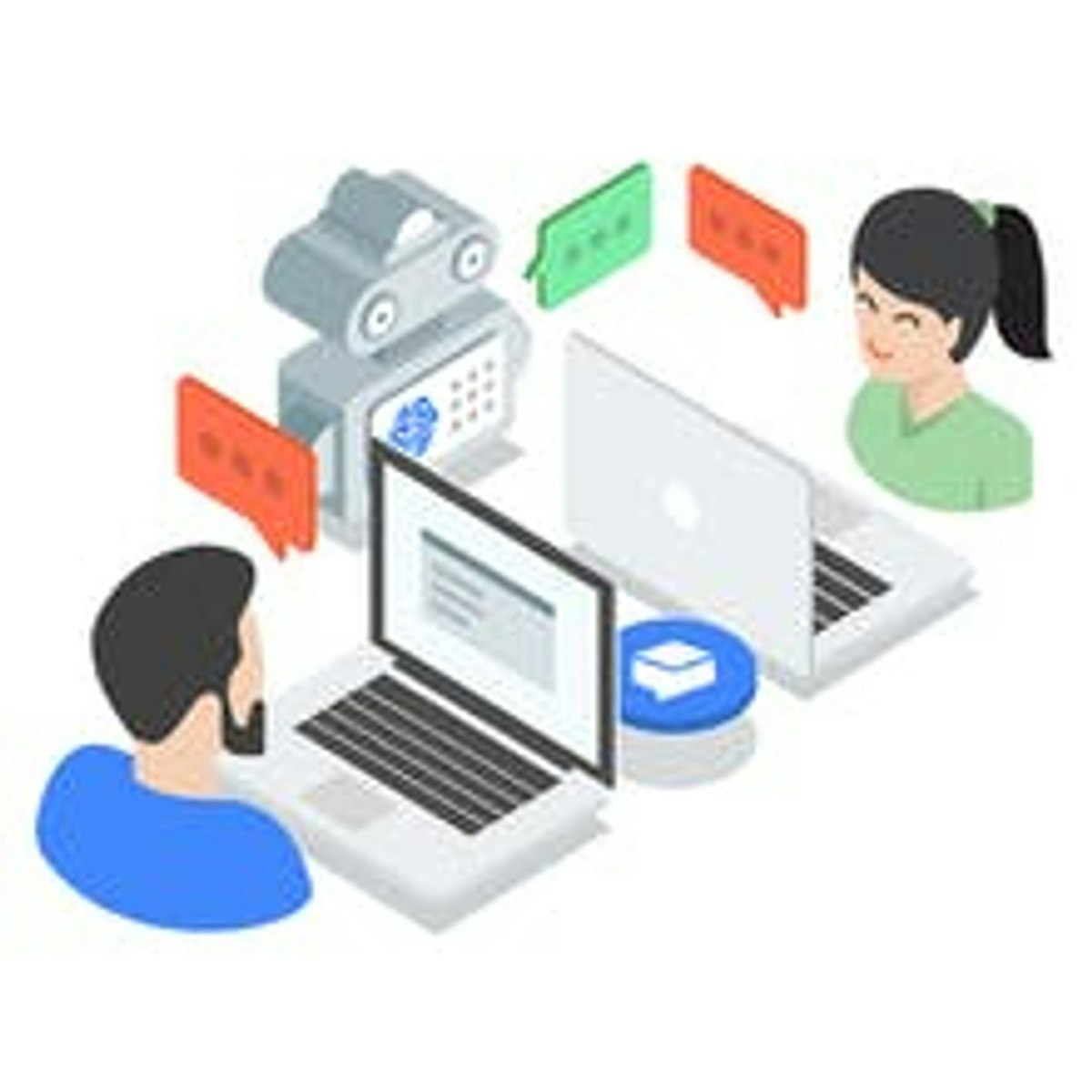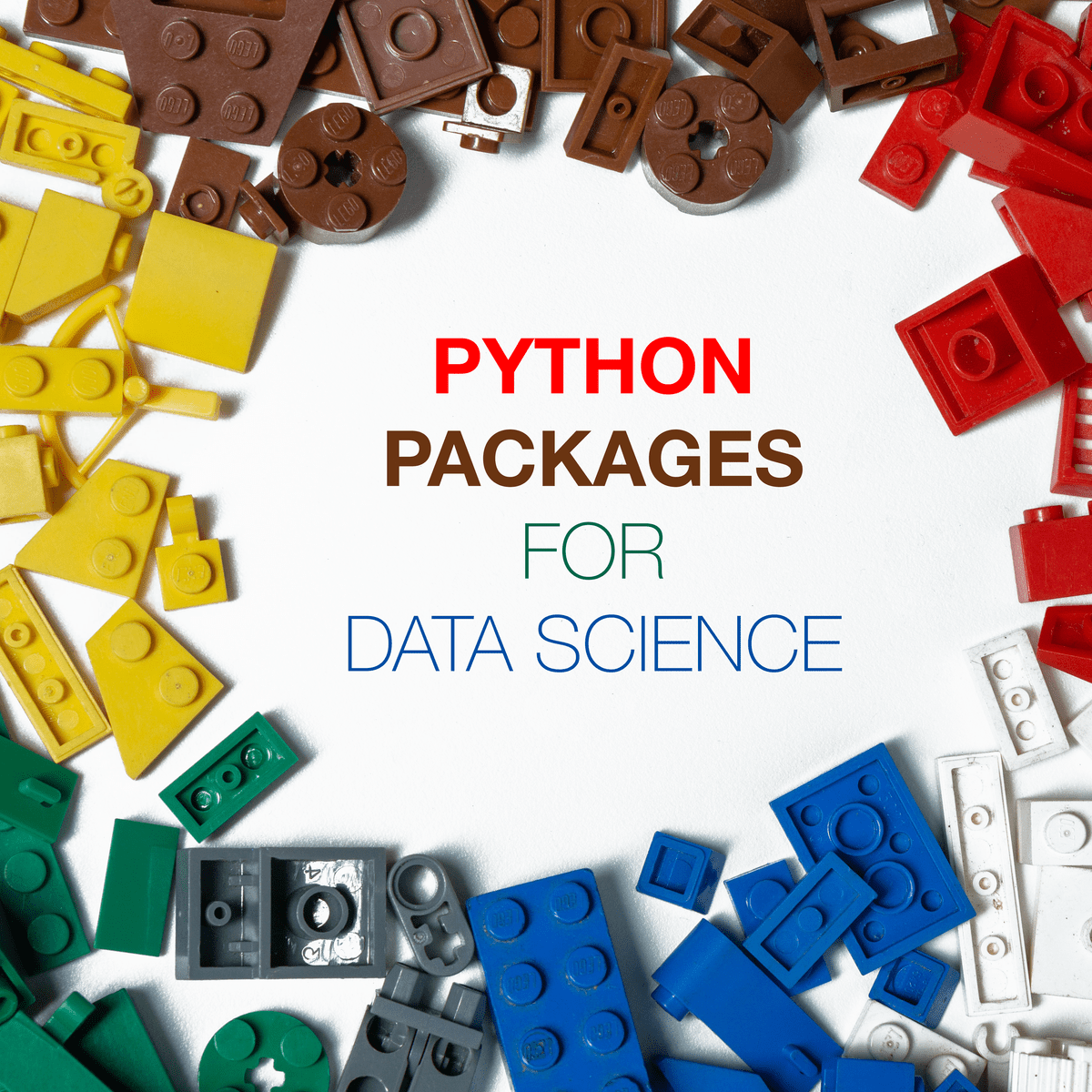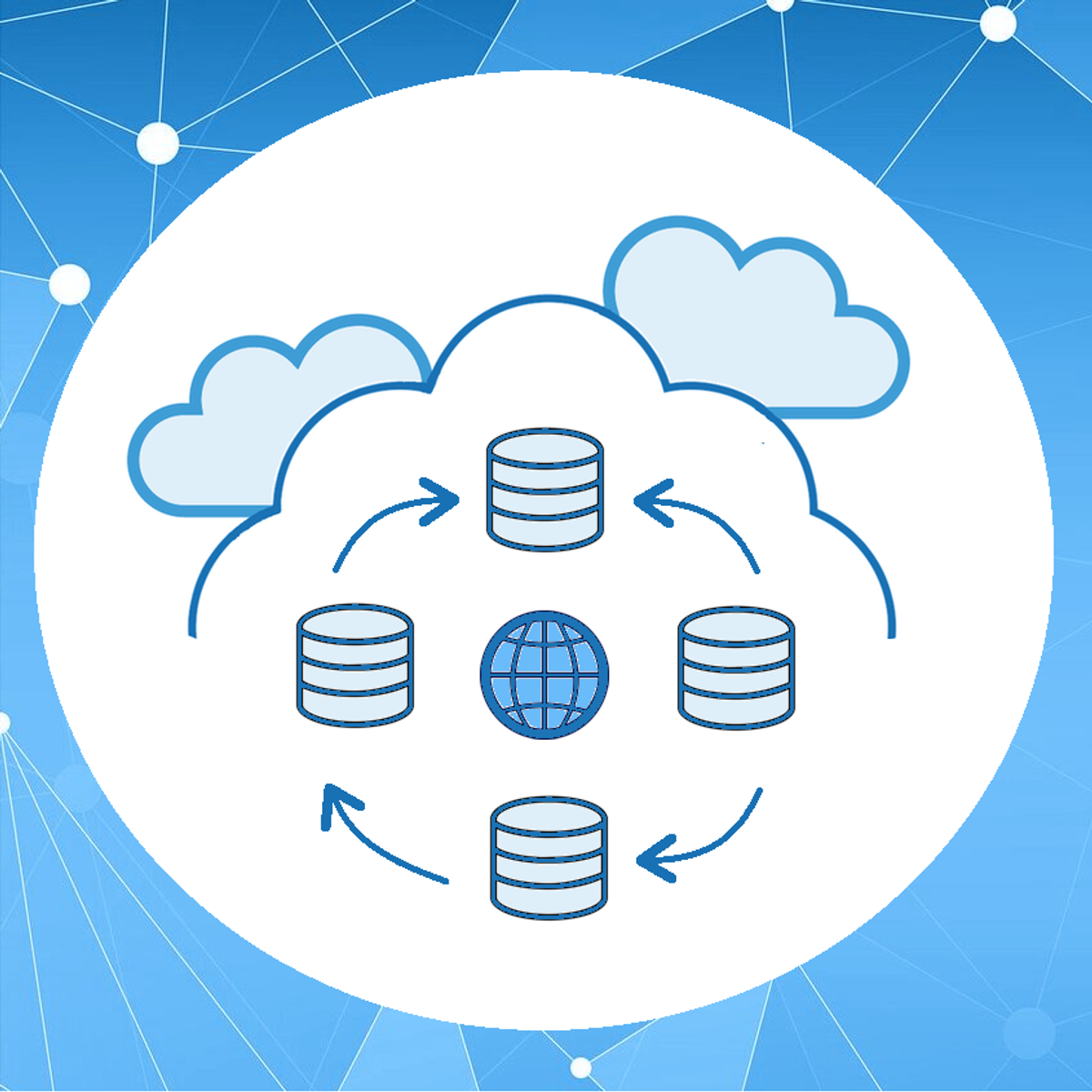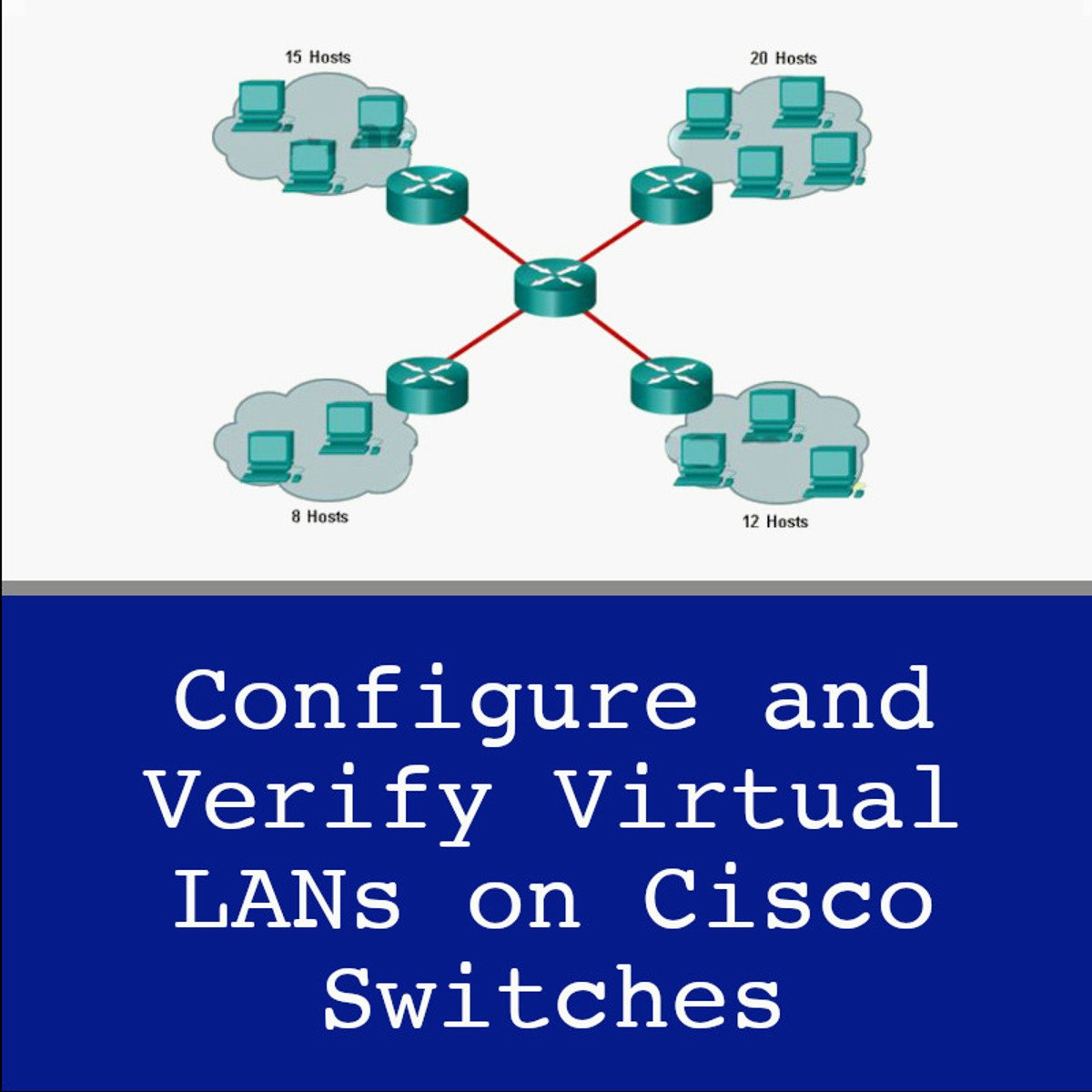Back to Courses









Information Technology Courses - Page 55
Showing results 541-550 of 1471

Computing for Cancer Informatics
One of the key cancer informatics challenges is dealing with and managing the explosion of large data from multiple sources that are often too large to work with on typical personal computers. This course is designed to help researchers and investigators to understand the basics of computing and to familiarize them with various computing options to ultimately help guide their decisions on the topic. This course aims to provide research leaders with awareness and guidance about:
Basic computing terminology
Concepts about how computers and computing systems work
Differences between shared computing resources
Appropriate etiquette for shared computing resources
Computing resources designed for cancer research
Considerations for computing resource decisions
Target audience:
This course is intended for researchers (including postdocs and students) with limited to intermediate experience with informatics research. The conceptual material will also be useful for those in management roles who are collecting data and using informatics pipelines.
Curriculum:
We will provide you with familiarity with fundamental computing terms. We will also discuss relevant concepts about how computers and shared computing resources work. We will explore the differences between various computing resource options, as well as provide guidance on how to make important computing discussions.
This course is part of a series of courses for the Informatics Technology for Cancer Research (ITCR) called the Informatics Technology for Cancer Research Education Resource. This material was created by the ITCR Training Network (ITN) which is a collaborative effort of researchers around the United States to support cancer informatics and data science training through resources, technology, and events. This initiative is funded by the following grant: National Cancer Institute (NCI) UE5 CA254170. Our courses feature tools developed by ITCR Investigators and make it easier for principal investigators, scientists, and analysts to integrate cancer informatics into their workflows. Please see our website at www.itcrtraining.org for more information.

Virtual Agent Development in Dialogflow ES for Citizen Devs
Welcome to "Virtual Agent Development in Dialogflow ES for Citizen Devs", the second course in the "Customer Experiences with Contact Center AI" series.
In this course, learn how to develop customer conversational solutions using Contact Center Artificial Intelligence (CCAI). You will use Dialogflow ES to create virtual agents and test them using the Dialogflow ES simulator. This course also provides best practices on developing virtual agents. You will also be introduced to adding voice (telephony) as a communication channel to your virtual agent conversations. Through a combination of presentations, demos, and hands-on labs, participants learn how to create virtual agents.
This is an intermediate course, intended for learners with the following types of roles:
• Conversational designers: Designs the user experience of a virtual assistant. Translates the brand's business requirements into natural dialog flows.
• Citizen developers: Creates new business applications for consumption by others using high level development and runtime environments.
• Software developers: Codes computer software in a programming language (e.g., C++, Python, Javascript) and often using an SDK/API.
Prerequisite: Before taking this course, learners should have completed the "CCAI Conversational Design Fundamentals" course.

Data Science with R - Capstone Project
In this capstone course, you will apply various data science skills and techniques that you have learned as part of the previous courses in the IBM Data Science with R Specialization or IBM Data Analytics with Excel and R Professional Certificate.
For this project, you will assume the role of a Data Scientist who has recently joined an organization and be presented with a challenge that requires data collection, analysis, basic hypothesis testing, visualization, and modeling to be performed on real-world datasets. You will collect and understand data from multiple sources, conduct data wrangling and preparation with Tidyverse, perform exploratory data analysis with SQL, Tidyverse and ggplot2, model data with linear regression, create charts and plots to visualize the data, and build an interactive dashboard.
The project will culminate with a presentation of your data analysis report, with an executive summary for the various stakeholders in the organization.

Dialogflow CX: Contextual Intents
This is a self-paced lab that takes place in the Google Cloud console. In this lab you will learn how to use some advanced Dialogflow CX features, like how to let a user ask your virtual agent to repeat what it said; let the user ask common questions from your FAQ in the middle of another conversation; ask context-sensitive questions, and add conversational branching and looping based on current values in the session parameters.

Python Packages for Data Science
How many times have you decided to learn a programming language but got stuck somewhere along the way, grew frustrated, and gave up? This specialization is designed for learners who have little or no programming experience but want to use Python as a tool to play with data.
Now that you have mastered the fundamentals of Python and Python functions, you will turn your attention to Python packages specifically used for Data Science, such as Pandas, Numpy, Matplotlib, and Seaborn.
Are you ready? Let's go!
Logo image courtesy of Mourizal Zativa. Available on Unsplash here: https://unsplash.com/photos/gNMVpAPe3PE

Building Globally Distributed Databases with Cosmos DB
In this 1-hour long project-based course, you will learn how to (insert and query data in your Azure Cosmos DB database, working with Graph Data, build a .NET Core app for Azure Cosmos DB in Visual Studio Code, distribute your data globally with Azure Cosmos DB ).
Note: This course works best for learners who are based in the North America region. We’re currently working on providing the same experience in other regions.

Prepare Data for Exploration
This is the third course in the Google Data Analytics Certificate. These courses will equip you with the skills needed to apply to introductory-level data analyst jobs. As you continue to build on your understanding of the topics from the first two courses, you’ll also be introduced to new topics that will help you gain practical data analytics skills. You’ll learn how to use tools like spreadsheets and SQL to extract and make use of the right data for your objectives and how to organize and protect your data. Current Google data analysts will continue to instruct and provide you with hands-on ways to accomplish common data analyst tasks with the best tools and resources.
Learners who complete this certificate program will be equipped to apply for introductory-level jobs as data analysts. No previous experience is necessary.
By the end of this course, you will:
- Find out how analysts decide which data to collect for analysis.
- Learn about structured and unstructured data, data types, and data formats.
- Discover how to identify different types of bias in data to help ensure data credibility.
- Explore how analysts use spreadsheets and SQL with databases and data sets.
- Examine open data and the relationship between and importance of data ethics and data privacy.
- Gain an understanding of how to access databases and extract, filter, and sort the data they contain.
- Learn the best practices for organizing data and keeping it secure.

Configure VLANs on Cisco Switches
Welcome to the CCNA 1.4: Configuring VLANs on Cisco Switches. This project is the fourth in the guided-projects series that is designed to help you acquire the hands-on skills required to pass the CCNA certification exam.
In this 2-hour guided project, you will create virtual LANs on Cisco switches and assign switch ports to them, you set up data and voice VLANS, verify VLANS settings, delete VLANs, and set up VLANs routing.
Google Sheets
In this course we will introduce you to Google Sheets, Google’s cloud-based spreadsheet software, included with Google Workspace.
With Google Sheets, you can create and edit spreadsheets directly in your web browser—no special software is required.
Multiple people can work simultaneously, you can see people’s changes as they make them, and every change is saved automatically.
You will learn how to open Google Sheets, create a blank spreadsheet, and create a spreadsheet from a template. You will add, import, sort, filter and format your data using Google Sheets and learn how to work across different file types.
Formulas and functions allow you to make quick calculations and better use your data. We will look at creating a basic formula, using functions, and referencing data. You will also learn how to add a chart to your spreadsheet.
Google Sheets spreadsheets are easy to share. We will look at the different ways you can share with others. We will also discuss how to track changes and manage versions of your Google Sheets spreadsheets.
Google Workspace makes it easy to collaborate with your team, clients, and others wherever they are. We will look at some of the collaboration options available to you in Google Sheets. Examples include commenting, action items, and notifications.

RESTful Microservices Performance Monitoring with Actuators
In this guided project you will be given a walkthrough of an Employee Management System application builded using Spring Boot Framework. Then you will configure actuators in this application for the purpose of monitoring various performance metrics of this application. Along the way you will also gain some deep understanding about a few actuators endpoints like Health endpoint, Info endpoint, Metrics endpoint and you will also learn about where these actuator endpoints are most useful in industrial and enterprise scenarios.
By the end of this project, you will be able to configure various actuator endpoints in any given spring boot project and monitor various performance metrics.
Popular Internships and Jobs by Categories
Browse
© 2024 BoostGrad | All rights reserved


